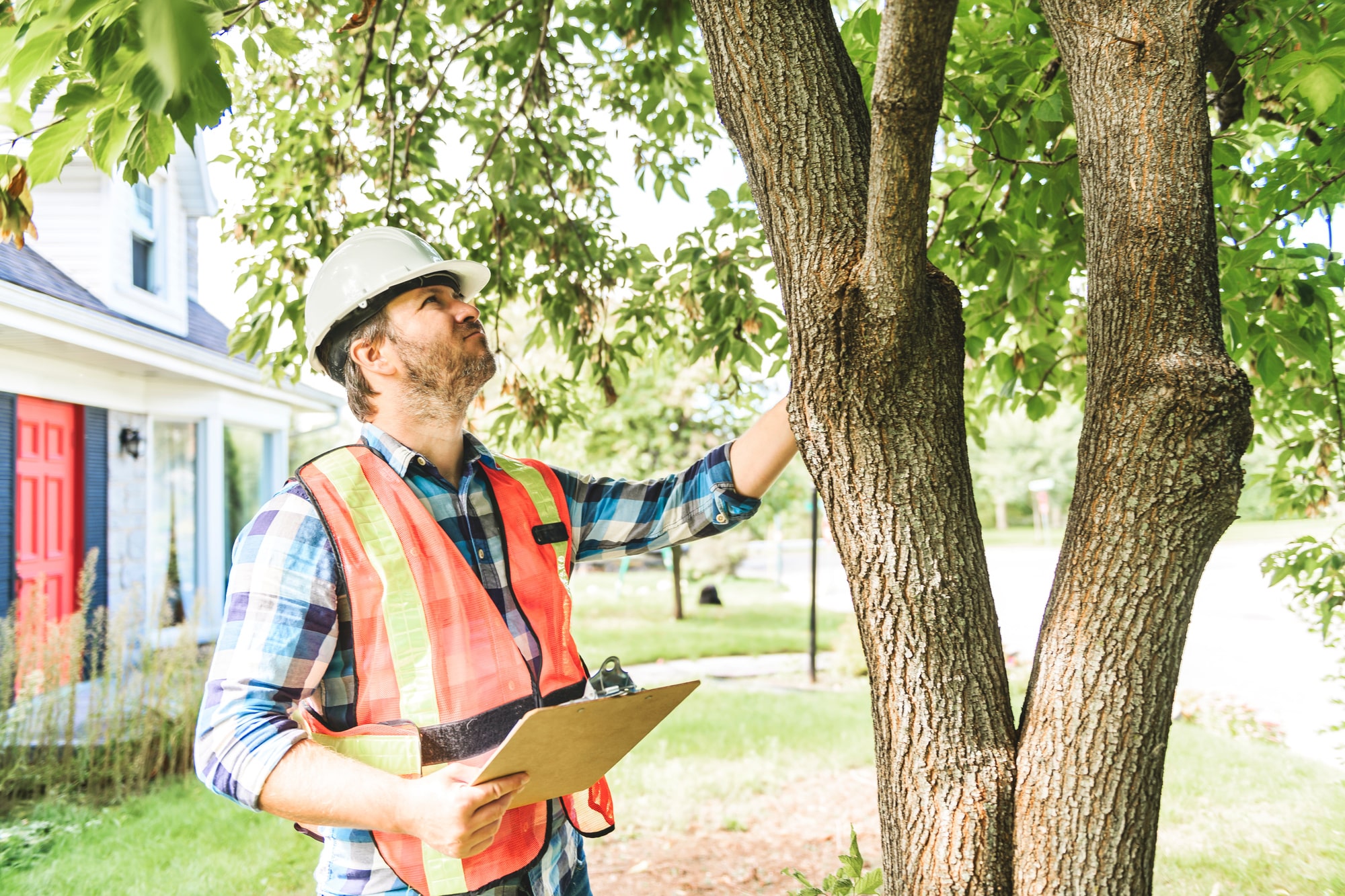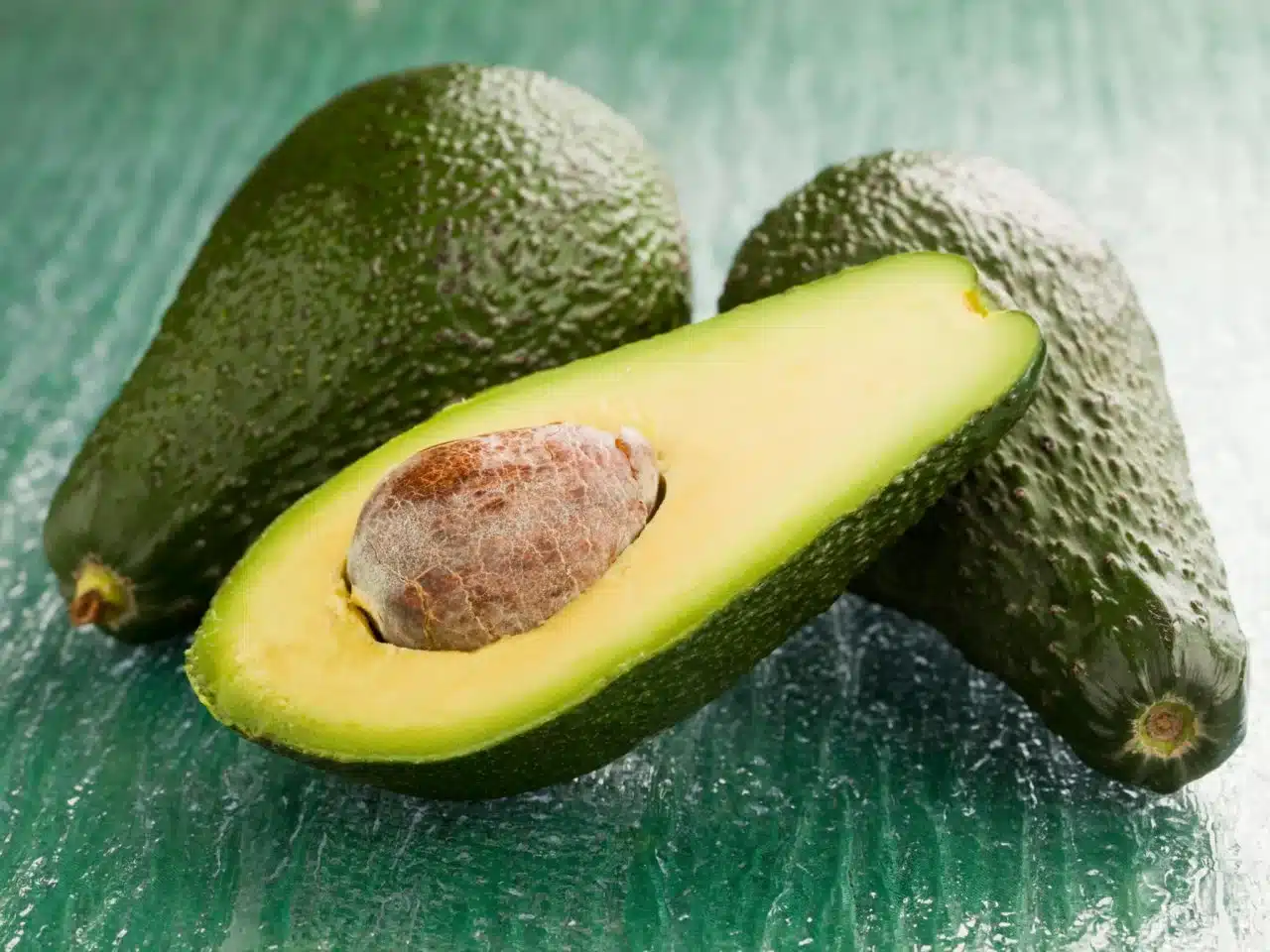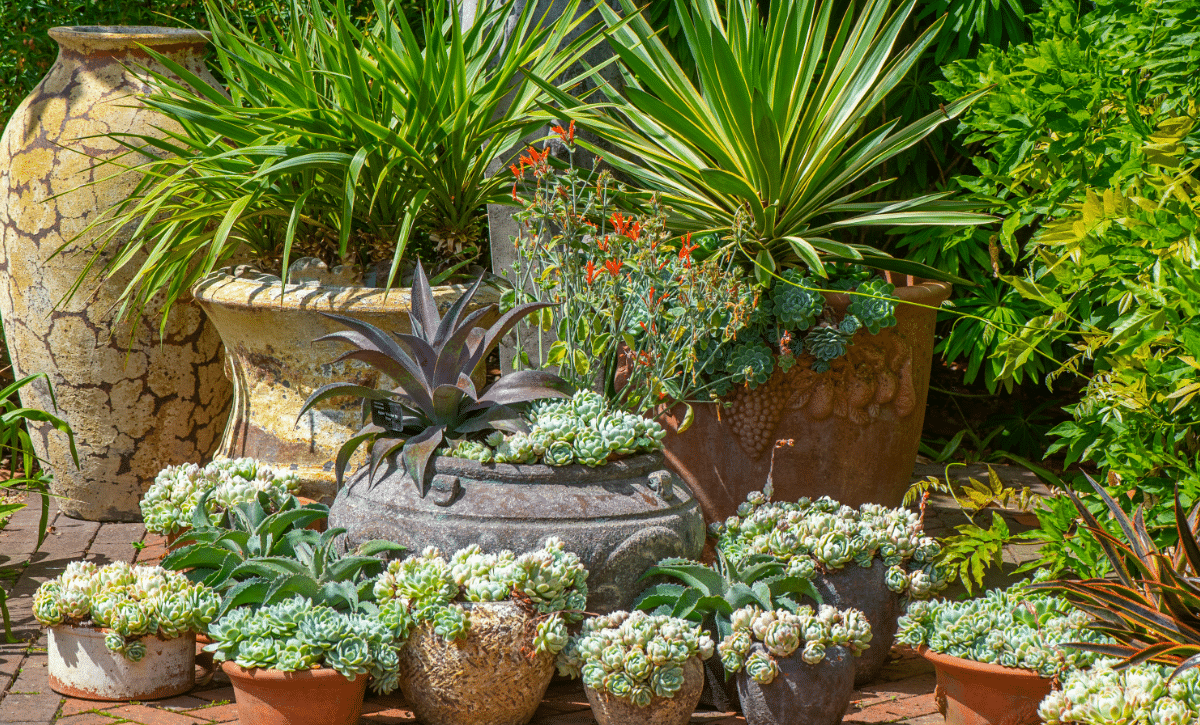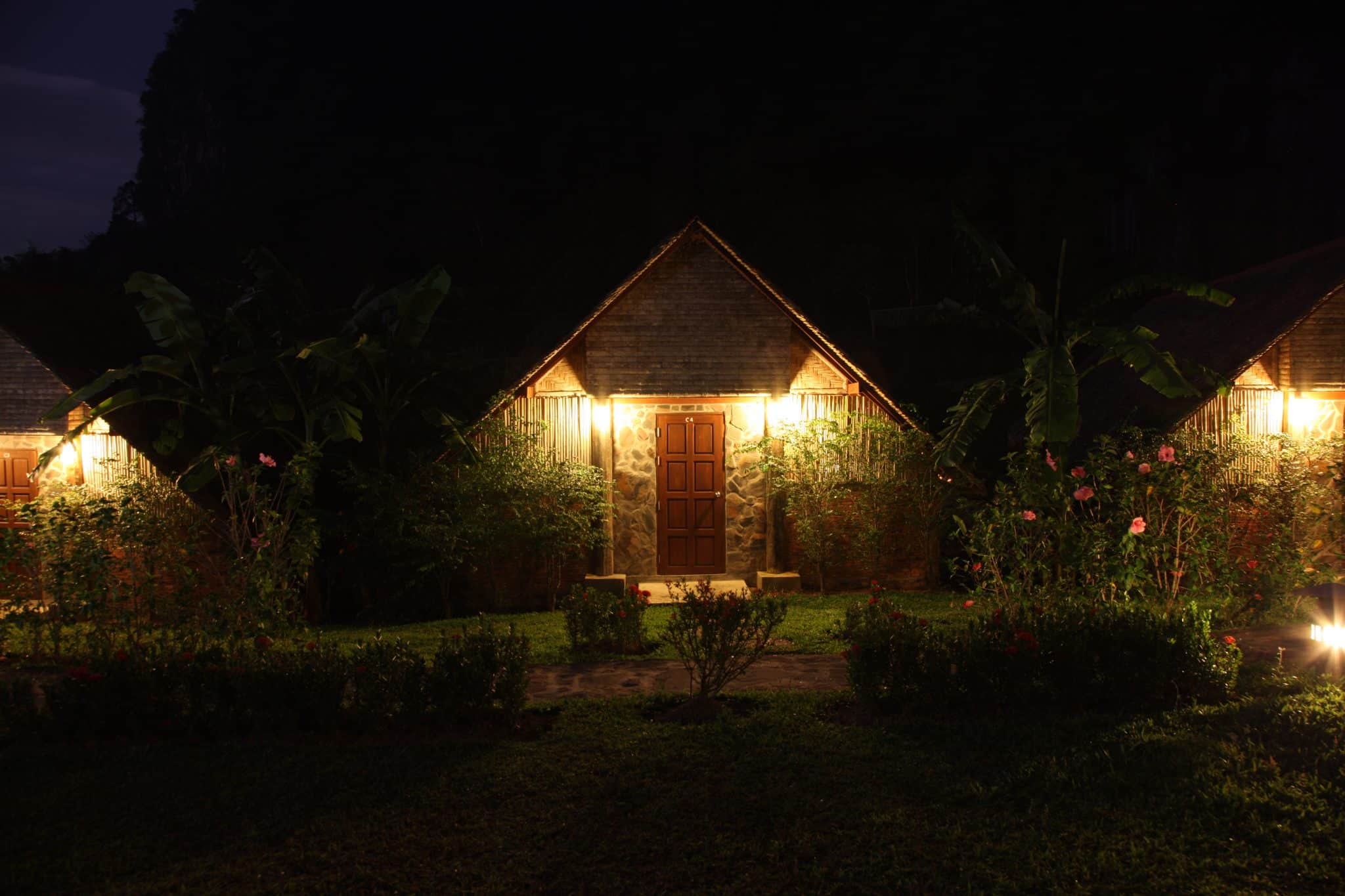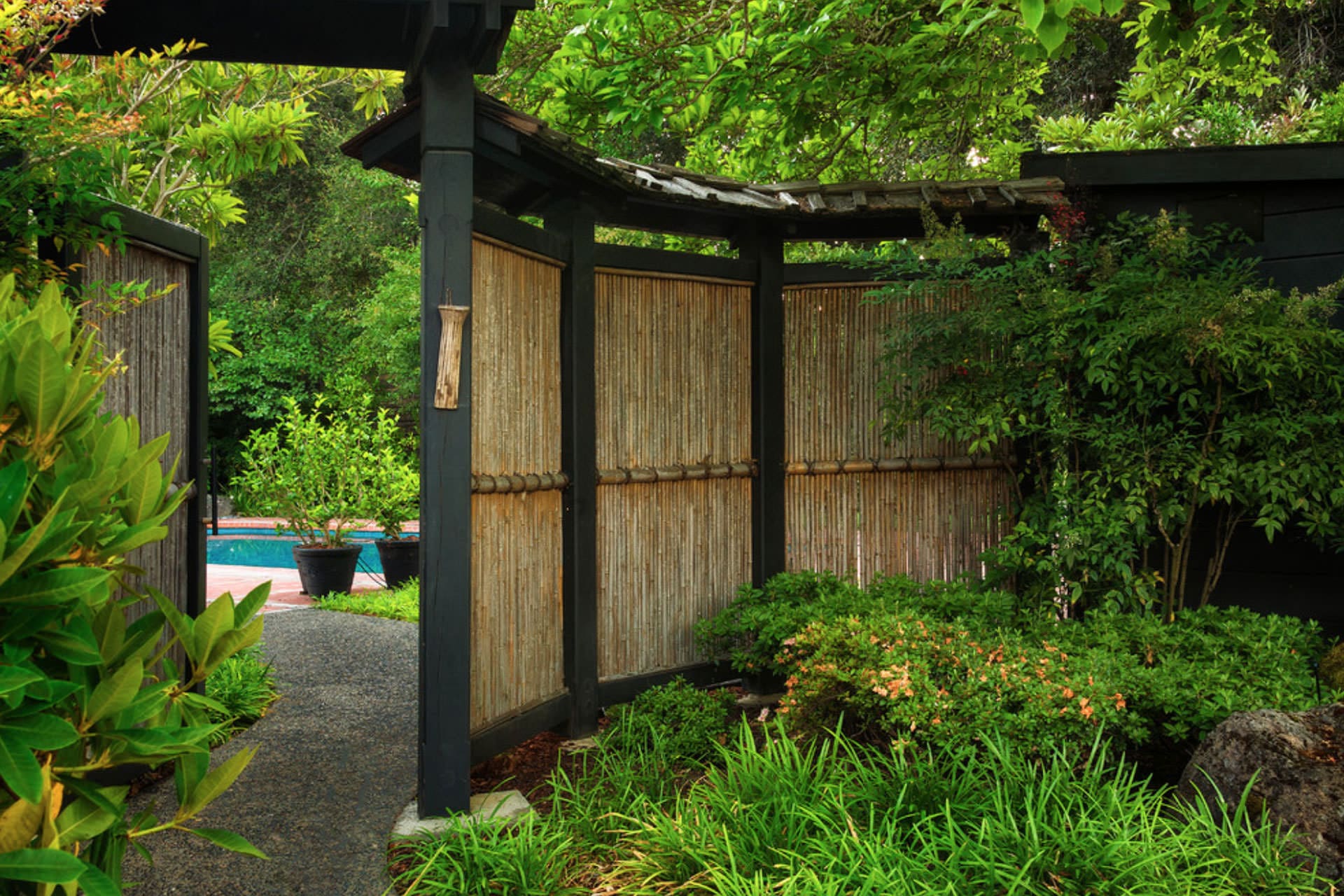The Dos And Don’ts Of Tree Care After Storm Damage
Storms unleash chaos, leaving our green giants—the trees—battered, vulnerable, and in disarray. After the storm’s fury, the sight of damaged trees can be disheartening. Yet, there’s hope amidst this turmoil.
This guide dives into the crucial dos and don’ts of tree care after storm damage. It’s here to help you navigate these challenging times and ensure your trees not only survive but continue to thrive.
From assessing damage safely to understanding when and how to prune, this guide will walk you through each step with care. Your trees have stood tall through the storm. Now, it’s your turn to support them in their recovery.
Let’s start this journey together, turning post-storm despair into action for our leafy friends.
Do Inspect for Damage
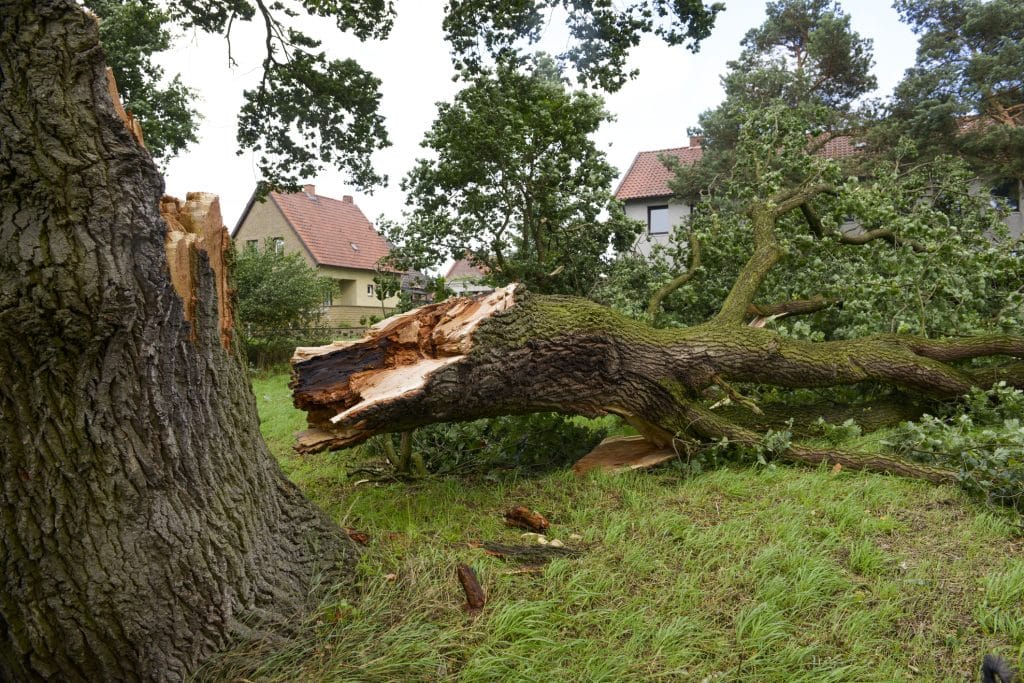 After a storm, taking a closer look at your trees is a step you can’t skip. Start from the ground up, checking for loose soil or exposed roots that hint at a shaky foundation. Then, look for breaks or tears in branches—a clear sign your trees are hurting.
After a storm, taking a closer look at your trees is a step you can’t skip. Start from the ground up, checking for loose soil or exposed roots that hint at a shaky foundation. Then, look for breaks or tears in branches—a clear sign your trees are hurting.
Also, don’t ignore small cracks in the bark that can lead to big problems. You may use binoculars for a safe peek at high-up troubles. This careful check-up helps you understand what your trees are going through and sets the stage for their comeback.
Don’t Rush to Prune
You might find it tempting to grab shears and start cutting away damaged branches after the storm. However, try to keep yourself from doing so.
Trees are resilient. They often recover from injuries with time. Immediate pruning can accidentally remove branches that could have healed. Worse, it might open fresh wounds, which could be a breeding ground for pests and diseases.
Instead, give your trees a few days to recover. Let’s give them that chance to bounce back, stronger and more resilient. Patience now can mean a healthier tree later.
Do Seek Professional Help
Your trees may need more than a friendly hand—they need expert care. Reaching out to tree care specialists like Avalon Tree isn’t an admission of defeat but a smart move.
These pros know trees inside and out. They come equipped with the tools to make precise cuts and the knowledge to decide whether a tree can be saved. Think of them as tree doctors who diagnose problems and prescribe the best treatments for your trees.
This expert intervention can be the difference between recovery and loss, ensuring your green giants stand tall for years to come. So, don’t hesitate to call in the specialists; it’s a vital step in your tree care journey.
Don’t Neglect Water and Mulch
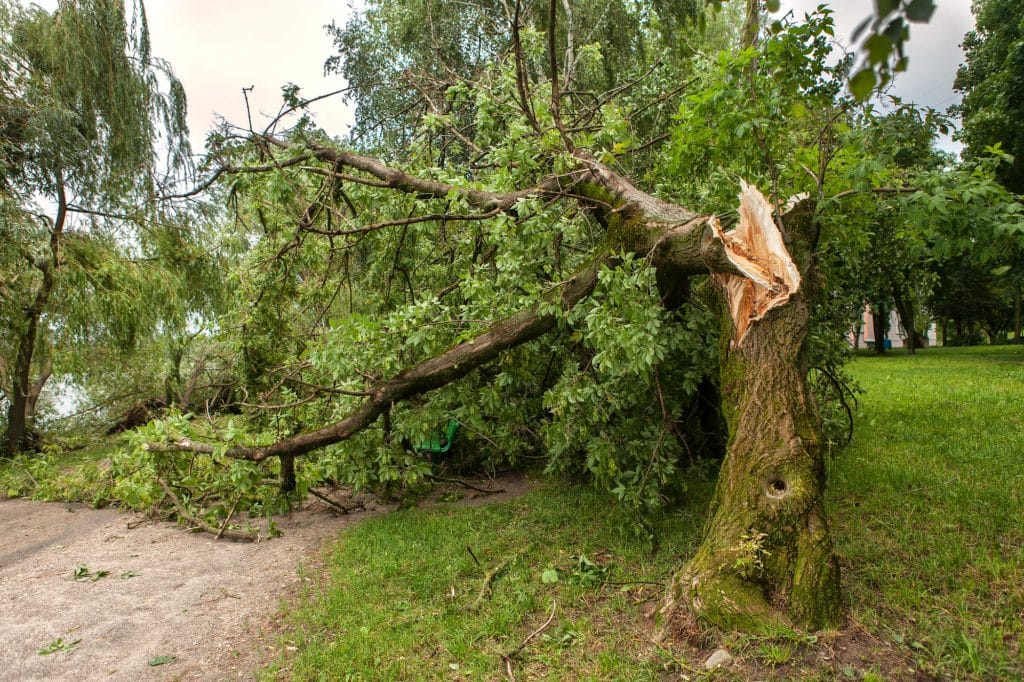 Trees are like athletes after a marathon—exhausted, thirsty, and in need of care—especially after a storm. So, don’t overlook their need for water and mulch. A good soak helps them bounce back, rehydrating roots that storms may have stressed.
Trees are like athletes after a marathon—exhausted, thirsty, and in need of care—especially after a storm. So, don’t overlook their need for water and mulch. A good soak helps them bounce back, rehydrating roots that storms may have stressed.
Meanwhile, a blanket of mulch acts like a soothing balm. It keeps soil moist, cools roots on hot days, and gives nutrients as it breaks down. This simple act can make a big difference in their post-storm healing.
Do Watch for Diseases and Pests
Your trees are more than just shaken after a storm—they’re exposed and vulnerable. Think of their broken branches and torn bark as open doors that invite unwanted guests. Diseases and pests see an opportunity where we see damage. That’s why it’s crucial to keep a vigilant eye.
Spotting unusual leaf discoloration, wilting, or unexpected guests like insects early can make all the difference. Regular checks and early action are your best defense, helping your trees heal and ward off invaders. In this period, your role as the caretaker is more important than ever.
Don’t Use Tourniquets or Wraps
Wrapping a tree’s wounds might seem like the right thing to do. It’s a natural instinct, wanting to bandage a scrape or cut. But trees aren’t like humans.
When you cover their wounds with wraps or tourniquets, you hinder their healing. This can trap moisture, leading to decay and disease.
Trees have their own remarkable way of dealing with injuries. They seal wounds, not heal them, keeping out pests and diseases. So, trust in their natural resilience.
If a tree is hurt, give it space and the right care. It’ll surely bounce back stronger. So, resist the urge to wrap. Let trees do their thing, and they’ll thank you by thriving.
Final Thoughts
Your trees have weathered the storm, and with your help, they’ll flourish again. Start taking action today. Assess, care, and consult professionals when needed. Remember, every step you take breathes life back into your green canopy. Your journey to resilient greenery starts now.

